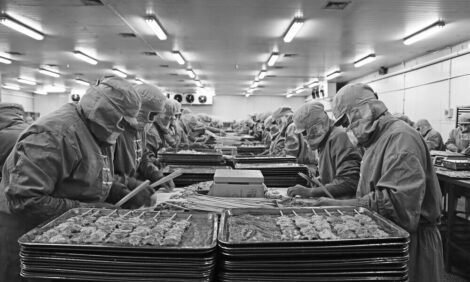



Chicken Droppings to Power Biogas Plants in Rizal
PHILIPPINES - Chicken droppings will soon be widely used in Rizal to power biogas plants, as Agham Party List Reprersentative Angelo Palmones conjoins with DOST IV-A Director Fernando E. Ablaza in designing the new digester.
With methane as one of the major causes of the greenhouse effect, methanation or the generation of biogas from biomass fermentation has thus come to mean better things for most. With this in sight, Mr Palmones early this month inspected a biogas digester plant in Ibaan, Batangas to check the viability of his proposed project.
Together with Mayor Danny V. Toreja and officer-in-charge Emelita P. Bagsit of the Office of the Regional Director of DOST IV-A, the group reviewed the operations of some 44 digester units in Ibaan. With all units working 99 per cent, most of which under the communal system of piped-in methane gas for cooking and lighting needs, Mr Ablaza is confident that the new design for chicken droppings will work just as well.
Initially developed for Quezon, the design is targeting the poultry industry of Rizal. To ensure compatibility of digester design and material charge, Mr Ablaza redrew the mixing chamber of the biogas digester to suit the consistency and texture of chicken droppings. He added a system for reducing unwanted biological and chemical components of the droppings prior to their disposal. Lastly, he added a filtration procedure for the recovered gas to increase its combustibility.
Countrywide efforts have been attempted by various sectors to improve use of renewable energy sources such as biogas.
Mr Ablaza has led most of these efforts, facilitating construction since 1993 of more than 300 units all over the country worth nearly P27 M in investments. These collectively supply annually 762,000m3 of biogas; enough to fuel cooking and lighting needs of 2,285 families with six members for one year. The annual supply of biogas is equivalent to P17 M in potential fuel savings, assuming that all units are 40 per cent efficient (optimum efficiency in tropical areas) in fuel generation.








